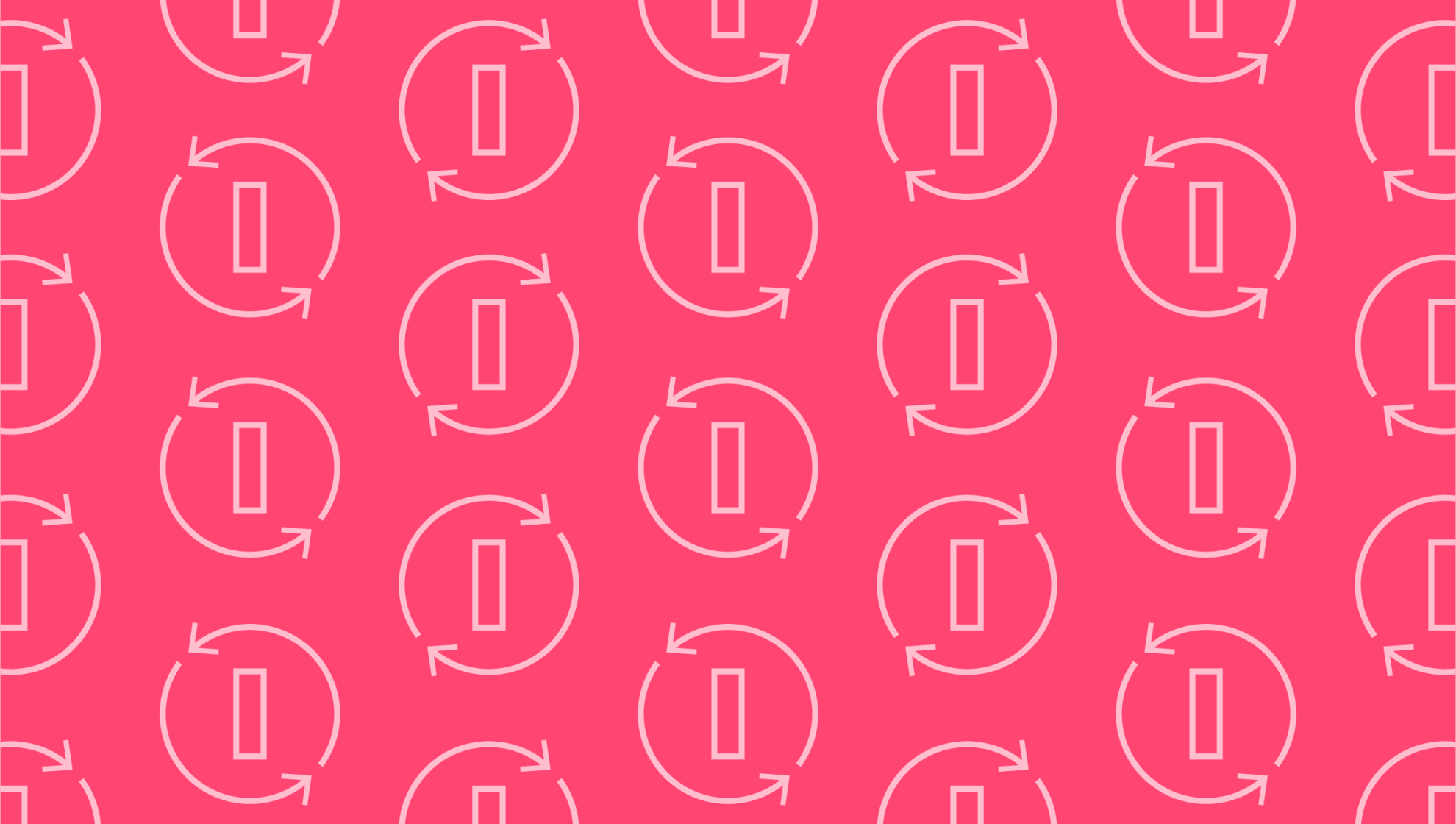Last editedSep 20212 min read
A chargeback occurs when a customer successfully disputes the purchase of an item with their bank or credit card provider, meaning you have to provide them with a refund. This chargeback after refund may occur if a customer is dissatisfied with their purchase, if they have changed their mind, or if they are purchasing a different product that is better suited to them. In this case, the transaction is a legitimate and normal part of trade.
However, in some cases the customer may be awarded a double refund due to some error, and as a result you end up losing double the revenue. This situation is known as double refund chargeback and should be avoided to protect your net profit margin. Read on to find more about why this occurs and how you can make sure it doesn’t happen.
What is double refund chargeback and why does it happen?
Put simply, this refers to situations in which you have to pay for a refund twice. This can be broken down into two parts: the chargeback and the refund. When the customer has received chargeback and refund, you lose double the revenue that you should have. To understand this, you should first understand what a chargeback is.
A chargeback is a form of customer protection that allows them to dispute payments. If a customer is unhappy with their purchase for whatever reason, they can speak with their bank or credit card provider to ask them to process a transaction reversal. The bank then withdraws the funds that were deposited in your account and returns them to the customer’s account, leaving you down on revenue.
In addition to using chargebacks, a customer can request the return of their funds through a refund request that is submitted directly to you, the retailer. In this case, it is your responsibility to process a transaction reversal and return the funds to the customer.
In some cases, the customer may request a transaction reversal using both methods. Whether deliberately or inadvertently, they may have received a chargeback after refund. This can happen if your refund takes too long to process, and the customer becomes impatient and then chooses to also request a chargeback. It may also occur if a chargeback request has been submitted first and the customer then also requests a refund before the chargeback is fully processed.
How to prevent chargeback after refund
Avoiding a double refund chargeback can be challenging and requires a proactive approach on the part of the merchant, both before and after disputes are filed. It’s a good idea to train customer service representatives so that they’re aware of what to look out for. For example, if a customer mentions that they have already spoken to their bank, then this is a good indicator that a chargeback may already exist for the transaction.
If the customer did contact the bank, you should call the issuer directly and find the case number for the request. If they have created a case number, then it means the chargeback is already being processed and there is no need to issue a refund. On the other hand, if a case number does not exist, then you can inform the provider that a refund has been initiated and that they can cancel the chargeback process.
How to issue a refund on square or other financial services apps
Having a convenient way to offer refunds is essential for customer satisfaction. Many companies choose to use financial services apps to make the process easier, saving both time and money. These apps usually create an intuitive interface that makes it simple for you to initiate and keep track of refunds. To determine how to issue a refund on square or some other app, take a look at the documentation, which will give you specific instructions.
We can help
GoCardless helps you automate payment collection, cutting down on the amount of admin your team needs to deal with when chasing invoices. Find out how GoCardless can help you with ad hoc payments or recurring payments.

